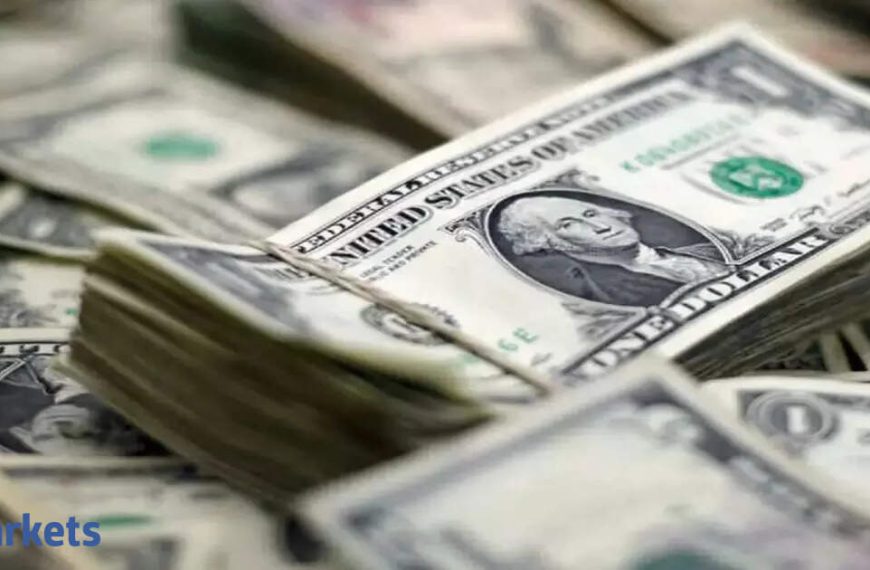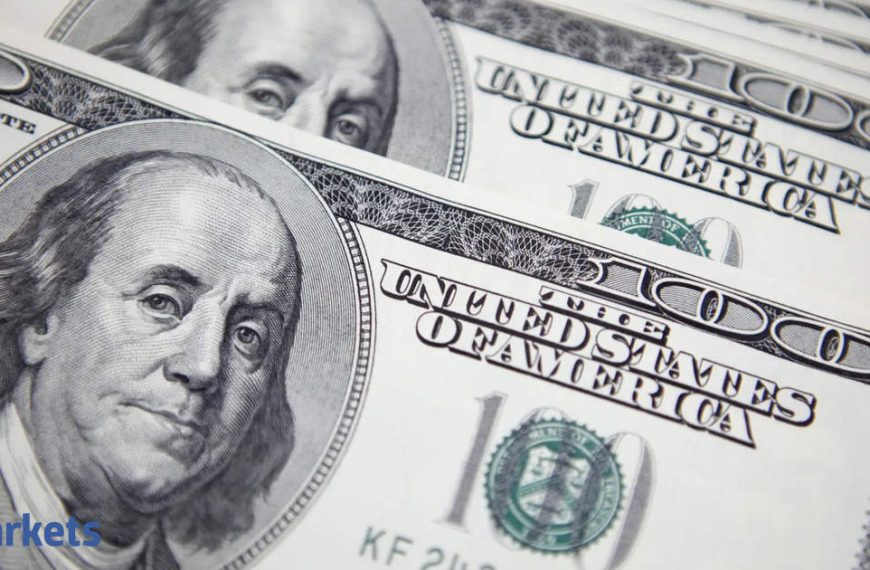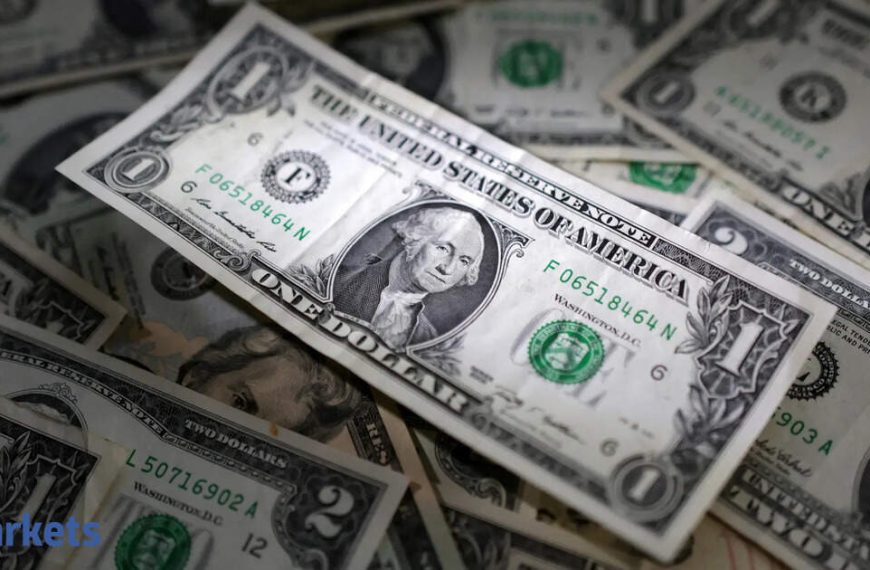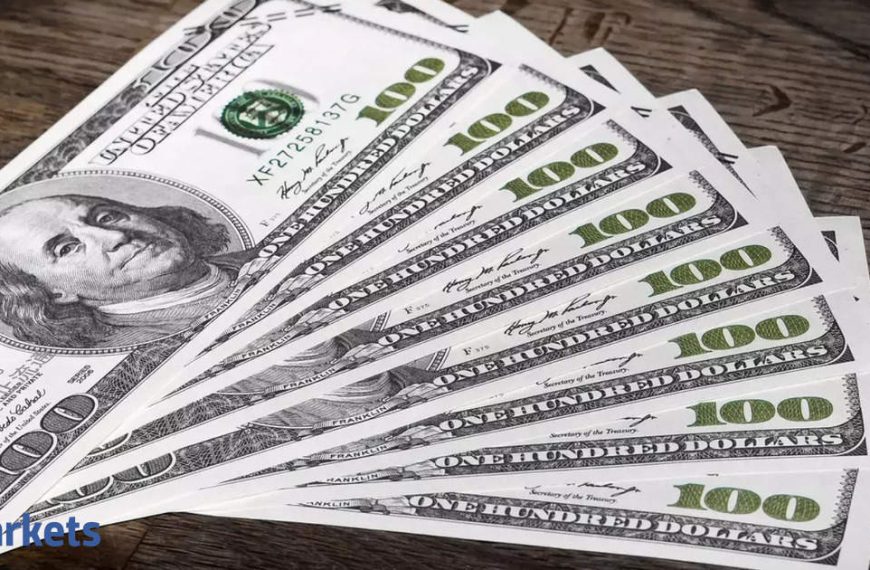The U.S. dollar struggled to recover from significant losses on Tuesday amid ongoing uncertainty regarding the resolution of the U.S.-China trade conflict. Treasury Secretary Scott Bessent emphasized that China must take the initiative to resume negotiations, adding to the confusion surrounding the trade discussions between these two major economic powers.
Mixed Signals on Trade Negotiations
In a recent interview, Bessent indicated that the responsibility lies with China to ease tariff tensions. This statement comes at a time when conflicting messages about trade progress are prevalent. President Trump claims advancements have been made and mentions discussions with Chinese President Xi Jinping, yet Beijing has refuted these claims. The mixed signals have led to increased selling pressure on the dollar, resulting in a notable decline against safe-haven currencies like the yen and the Swiss franc.
- The dollar recorded a slight recovery, up 0.11% to 142.19 yen, following a 1.2% drop.
- Against the Swiss franc, it rose 0.18% to 0.8217, reversing some of Monday’s 0.8% fall.
Investor Sentiment and Market Reactions
Despite a slight uptick in the dollar, the prevailing sentiment among investors is cautious. Carol Kong, a currency strategist at Commonwealth Bank of Australia (CBA), expressed skepticism about the possibility of a quick resolution to the trade conflict. She noted, "Given the conflicting signals, a deal seems unlikely soon, and China may be bracing for a prolonged trade war."
Kong further remarked that the chaotic nature of U.S. tariff policies does not instill confidence in the markets, though there is a budding optimism that the peak of the trade war may have passed.
- Recent developments include:
- The Trump administration’s willingness to consider lowering automotive tariffs.
- China’s decision to exempt certain U.S. goods from its steep tariffs.
Currency Movements and Economic Outlook
The euro slipped 0.15% to $1.1404, but it remains on track for its most significant monthly gain against the dollar in almost 15 years, as investors pivot towards European assets. The British pound is also holding firm near a three-year high, recently trading at $1.3427.
Overall, the dollar steadied at 99.079 against a basket of currencies, following a 0.6% decline in the previous session. Investors are preparing for a week filled with crucial U.S. economic reports, including the pivotal jobs report and preliminary growth figures, which could shed light on the impact of the trade war.
Kong predicts that upcoming U.S. economic data will likely reflect further deterioration, which could weigh heavily on the dollar’s value. She believes that the dollar is increasingly viewed as a risk currency rather than a safe haven.
International Currencies
In Canada, the loonie remained stable at C$1.3837, ahead of the crucial general election results where Trump’s tariffs have been a prominent topic. Meanwhile, the Australian dollar dipped 0.02% to $0.6431, and the New Zealand dollar decreased 0.27% to $0.59635.
As the global economic landscape continues to shift, investors are advised to stay alert to developments in trade policies and economic indicators that could influence currency movements in the near future.











